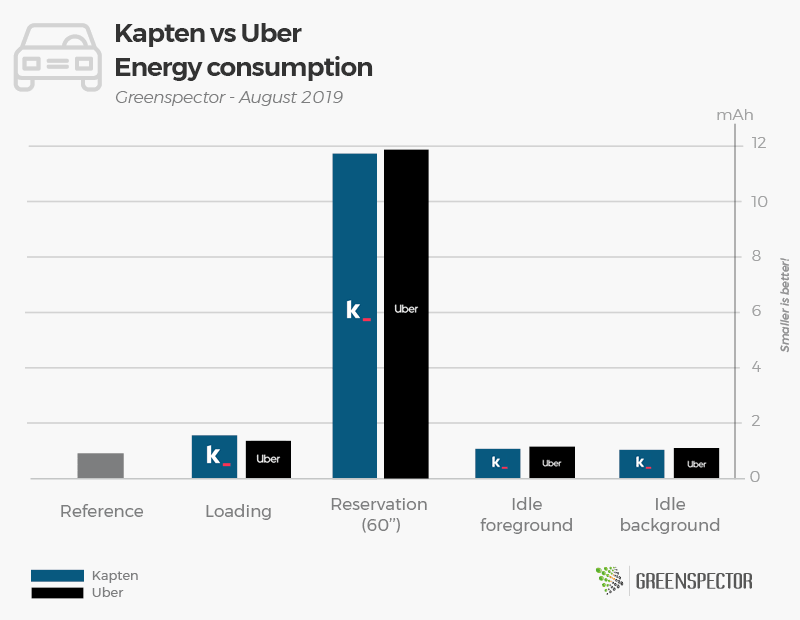The battle of the week: Leboncoin vs Locanto
In just a few years, websites connecting individuals through classified ads have been a huge success. Already very popular at its debuts, Leboncoin has quickly established itself in the ranking of the most consulted e-commerce websites in France, in 2019 it occupies the second position. Today’s match therefore pits the French leader Leboncoin with Locanto, the German website present on the international scene.

In the left corner Leboncoin, French leader in classifieds created in April 2006. Leboncoin is also the second most popular e-commerce website in France.
In the right corner Locanto, German free classifieds website created in June 2006, available in 5 languages in 60 countries.
The weighting
At weighing Leboncoin is the heavier application with a weight of 94 MB. Its opponent Locanto is lighter with a weight of 10 MB, or 89% less.
The fight

All the lights are now turned on the fighters and the match can finally begin.
In the first part of the battle to measure the impact of the launch phase of the application, Locanto (1.6 mAh) wins the first round by consuming 11% less than his opponent Leboncoin (1.8 mAh). The difference in consumption is quite marked also on the product searching phase. Indeed, Leboncoin (8.9 mAh) dishes Locanto (11.3 mAh) K.O with a lower consumption of 21%. To end this confrontation, we have set up two decisive rounds of observation of the rest phases of each opponent. During the foreground phase, Leboncoin is still the master of the game, consuming 2% less. For the inactivity phase in the background it is a perfect draw!
The bell rings, end of the match!
The winner

It’s the Leboncoin app that wins this energy battle with a total score of 12.7 mAh at 14.9 mAh, consuming 14% less than Locanto. battery life with Leboncoin. Nevertheless, on the data exchanged side, occupied memory and storage space, it is Locanto which is the least consumer. In economic terms, if your data plan is limited, it will cost you less with Locanto.
For those who like numbers
| Application | Version | Downloads | Playstore Grade | App weight (MB) | Exchanged data (KB) | Memory (MB) | Energy consumption (mAh) |
|---|---|---|---|---|---|---|---|
| Leboncoin | 4.36.8.0 | 10 000 000+ | 3.9 | 94 | 2.9 | 585.3 | 12.8 |
| Locanto | 2.7.12 | 5 000 000+ | 4.4 | 10 | 0.9 | 317.7 | 14.9 |
On a 1-minute usage scenario, Locanto has a consumption equivalent to that of an application of video games as Clash Royale. While Leboncoin is getting closer to the consumption of an application of direct messaging such as Skype. (Source: Study Consumption of top 30 most popular mobile applications)
The measurements were carried out by our laboratory on the basis of a standardized protocol, respecting a specific user scenario (launch of the app, product searching, product overview). The other scenarios are the launch of the application (20”), inactivity in the foreground (20”) and inactivity in the background (20”). This methodology makes it possible to estimate the embedded application complexity and its energy impact during the use phase.
Find the battle of last week : Twitter : video vs image vs gif
Battles ideas? Contact us!

Kimberley DERUDDER has been digital marketing manager at Greenspector for more than 5 years. Kimberley graduated with a master’s degree in Marketing – Communication and specialized in Inbound Marketing after her first two years at Greenspector. Today in charge of the animation of the marketing, social media and lead generation strategy, she also takes care of app comparisons and battles.



























